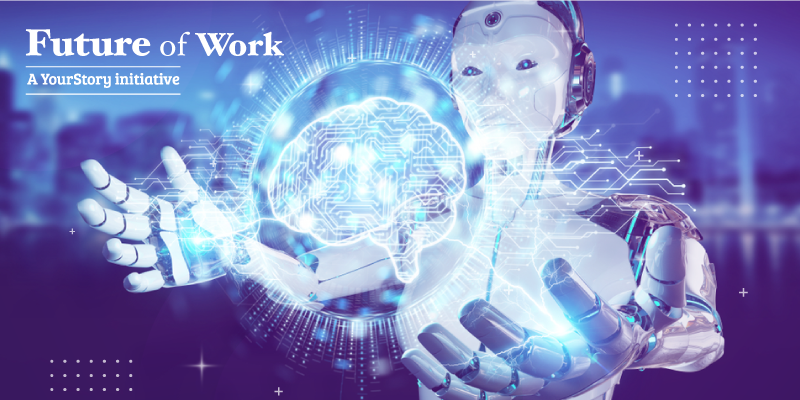
Add Your Heading Text Here

The pharma and life sciences industry is faced with increasing regulatory oversight, decreasing R&D productivity, challenges to growth and profitability, and the impact of artificial intelligence (AI) in the value chain. The regulatory changes led by the far-reaching Patient Protection and Affordable Care Act (PPACA) in the US are forcing the pharma and life sciences industry to change its status quo.
Besides the increasing cost of regulatory compliance, the industry is facing rising R&D costs, even though the health outcomes are deteriorating and new epidemics are emerging. Led by the regulatory changes, the customer demographics are also changing. The growth is being driven by emerging geographies of APAC and Latin American region.
Disruption in life sciences
Pharmaceutical organisations can leverage AI in a big way to drive insightful decisions on all aspects of their business, from product planning, design to manufacturing and clinical trials to enhance collaboration in the ecosystem, information sharing, process efficiency, cost optimisation, and to drive competitive advantage.
AI enables data mining, engineering, and real time- and algorithmic-driven decision-making solutions, which help in responding to the following key business value chain disruptions in the pharmaceutical industry:
- AI-driven drug discovery – Enables scientists to source scientific findings and insights from external labs or internal knowledge to jump start discovery which will in turn help reduce cycle time for product development aiding faster go-to-market
- Reduce cycle times for clinical trials– Through better insights driven by improved accuracy of machine-based ensemble algorithms
- Supply chain transformation – Building predictive algorithms using a combination of internal and external data would help reduce unforeseen shortages in availability of drugs impacting customer service levels and lost sales revenues
- Product failure prediction – Via root cause analysis and predictive algorithms of product failures (vendor data)
- Risk management – For evaluation of potential risks posed by elemental impurities in a formulated drug product
- Real-time medical device analysis and visualisation– Leveraging interconnecting data from implanted devices and personal care devices
- Behavioural sciences – To more fully understand customer perceptions about their products which helps in proactively fixing product issues or managing communication better
- Enhance reporting systems– To meet the changing regulatory compliance needs more effectively
- Intelligent insights – Renew focus on understanding the underlying business data and generating insights using latest insights and intelligence frameworks
The human microbiome
Though genomics currently hogs the spotlight, there are plenty of other biotechnology fields wrestling with AI. In fact, when it comes to human microbes – the bacteria, fungi, and viruses that live on or inside us – we are talking about astronomical amounts of data. Scientists with the NIH’s Human Microbiome Project have counted more than 100 trillion microbes in the human body.
- Cambridge Semantics has a developed semantic web technologies that help pharmaceutical companies sort and select which businesses to acquire and which drug compounds to license.
- Data scientists at the Broad Institute of MIT and Harvard have developed the Integrative Genomics Viewer (IGV), open source software that allows for the interactive exploration of large, integrated genomic datasets.
- GNS Healthcare is using proprietary causal Bayesian network modeling and simulation software to analyse diverse sets of data and create predictive models and biomarker signatures.
Genomics
- Sequencing millions of human genomes would add up to hundreds of petabytes of data.
- Analysis of gene interactions multiplies this data even further.
In addition to sequencing, massive amounts of information on structure/function annotations, disease correlations, population variations – the list goes on – are being entered into databanks. Software companies are furiously developing tools and products to analyse this treasure trove.

